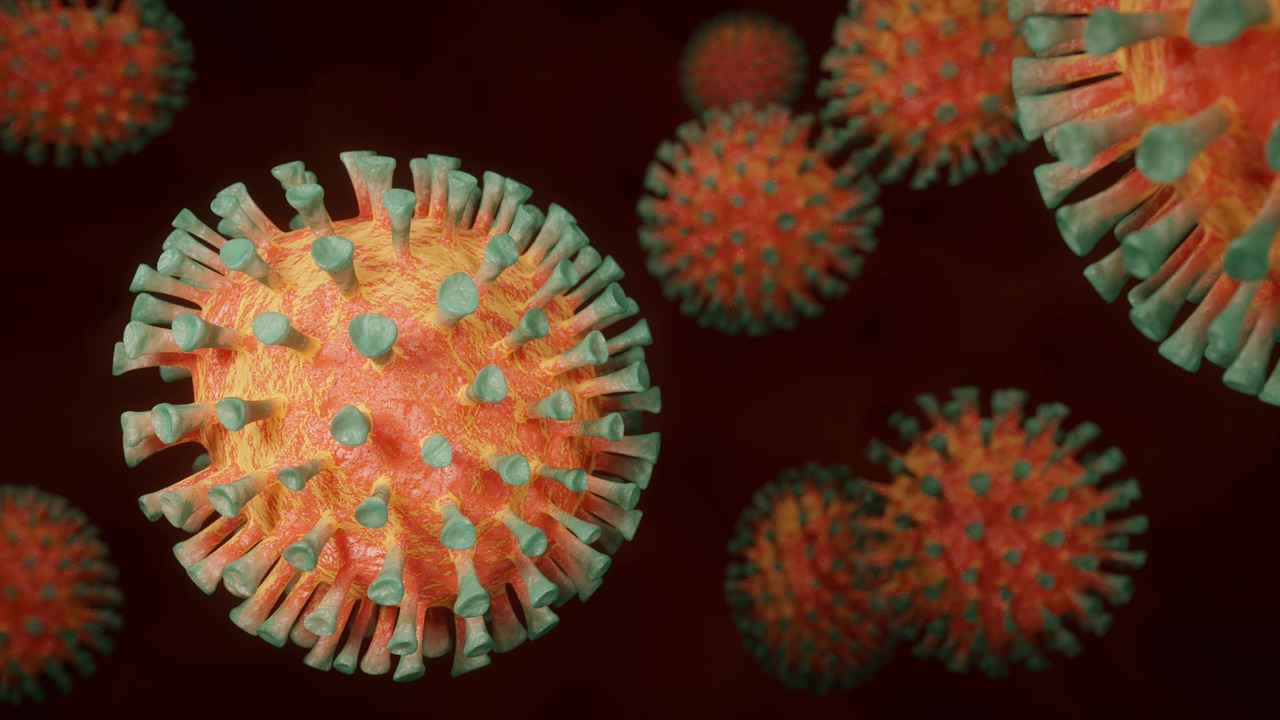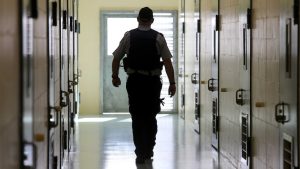
A new international study has provided some of the “most important” evidence yet of the origins of the COVID-19 pandemic.
Researchers for the first time had access to vital data released by the Chinese Centre for Disease Control and Prevention, including 800 samples of animals at the Huanan Seafood Wholesale market, and viral genomes from early COVID-19 patients.
”This is one of the most important datasets that exists on the origin of the COVID-19 pandemic,” says co-corresponding author Florence Débarre of the French National Centre for Scientific Research.
READ MORE: Australia’s population surpasses 27 million
On January 1, 2020, after the animals were removed and just hours after the market was closed, investigators from the Chinese CDC went to the market to collect samples.
They swabbed the floors, walls, and other surfaces of the stalls, and returned later to focus on surfaces in stalls selling wildlife, and then also collected samples from the drains and sewers.
They performed metatranscriptomic sequencing of the samples, a technique aiming to obtain all RNA sequences (and which can pick up DNA as well) from all organisms present in the samples—viruses, bacteria, plants, animals, humans).
READ MORE: ‘Fill up now’: Cheaper fuel prices unlikely to stick around
The Chinese CDC team, led by Liu Jun, published their data and results in 2023 in the journal Nature.
However, the article left unresolved the exact identities of the animal species found in the data that could represent plausible intermediate hosts.
According to the latest analysis of these data being published in Cell, SARS-CoV-2 was present in some of the same stalls as wildlife sold at the market.
In some cases, genetic material from the virus and these animals was even found on the same swabs.
The exact animal species were identified by genotyping their mitochondrial genomes in the samples.
“This paper adds another layer to the accumulating evidence that all points to the same scenario: that infected animals were introduced into the market in mid- to late November 2019, which sparked the pandemic,” co-corresponding author Kristian Andersen of Scripps Research said.
Another author, Michael Worobey of the University of Arizona, said the animals identified were similar to the animals who precipitated the jump from the original SARS coronavirus to humans in 2002.
“This is the most risky thing we can do—take wild animals that are teeming with viruses and then play with fire by bringing them into contact with humans living in the heart of big cities, whose population densities make it easy for these viruses to take hold,” he said.
The new study landed on a short list of animal species in the wet market found co-occurring or close to viral samples that could represent the most likely intermediate hosts for COVID-19.
The common raccoon dog, a species susceptible to SARS-CoV-2 and that carried SARS-CoV in 2003, was found to be the most genetically abundant animal in the samples from market wildlife stalls.
Genetic material from masked palm civets, which were also associated with the earlier outbreak of SARS-CoV, was also found in a stall with SARS-CoV-2 RNA.
READ MORE: Mums and dads on paid parental leave given super cash bonus
Other species such as the hoary bamboo rat and Malayan porcupines were also found to be present in SARS-CoV-2-positive samples, as well as a multitude of other species.
While the data cannot prove whether one or more of these animals may have been infected, it offers a list of the species that most plausibly could have carried the virus and genetic information that could be used to help trace where they originated.
“There has been a lot of disinformation and misinformation about where SARS-CoV-2 originated,” Worobey says.
“The reason it’s so important to find out is that this affects national security and public health, not just in the United States but around the world.
“And the truth is, since the pandemic started more than four years ago, although there has been an increased focus on lab safety, not much has been done to decrease the chance of a zoonotic scenario like this happening again.”
FOLLOW US ON WHATSAPP HERE: Stay across all the latest in breaking news, celebrity and sport via our WhatsApp channel. No comments, no algorithm and nobody can see your private details.
links to content on ABC
9News





